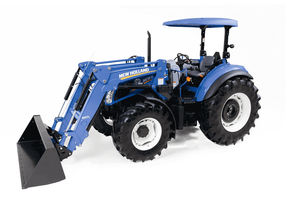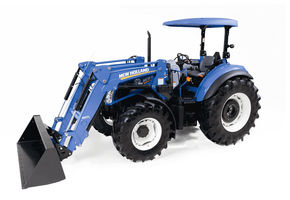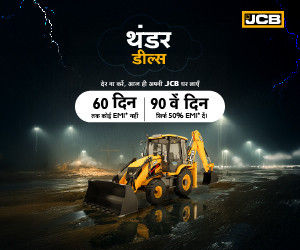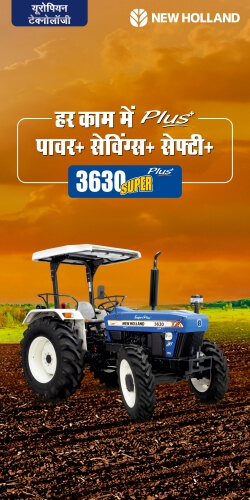Loader in india
About Loader
A loader could be a heavy equipment machine utilized in construction to maneuver or load materials like soil, rock, sand, demolition debris, etc. into or onto another sort of machinery (such as a tipper lorry, conveyer belt, feed-hopper, or railroad car). A loader could be a kind of tractor, usually wheeled, sometimes on tracks, that features a front-mounted wide bucket connected to the top of two booms (arms) to take loose material from the bottom, like dirt, sand or gravel, and move it from one place to a different without pushing the fabric across the bottom.
The term "loader" is additionally known for the debris removal field to explain the boom on a grapple truck. The loader assembly could also be a removable attachment or permanently mounted. Often the bucket is often replaced with other devices or tools—for example, mount forks to lift heavy pallets or shipping containers, and a hydraulically opening "clamshell" bucket allows a loader to act as a lightweight dozer or scraper. The bucket can even be augmented with devices sort of a bale grapple for handling large bales of hay or straw.
The front loaders are also known as large loaders. Some of them are categorized as follows: ACE 700K Compact Wheel Loader, Kawasaki 95ZV-2, Deere 844K, Volvo L120E, Case 921E, Case 921E, Caterpillar 950H, or Hitachi ZW310 usually have only a front bucket and are called front loaders, whereas backhoe loaders are considered to be a small loader tractor are often also equipped with a little backhoe.
Some of the JCBs, after the corporate that first claimed to possess them, invented them. Other companies like CASE in America and Whitlock within the UK had been manufacturing excavator loaders well before JCB. Le Tourneau L-2350 is considered to be the world's largest loader. The productions are done in Longview, Texas. A diesel-electric propulsion system or similar to that is used in L-2350.
Uses of Loader
The main purpose of Loaders to load materials into trucks, rubble clearing, laying down of the pipe, and digging. A loader isn't the foremost efficient machine for digging because it cannot dig very deep below the extent of its wheels, sort of a backhoe or an excavator can. The capacity of a loader bucket is anywhere from 0.5 to 36 m. depending upon the dimensions of the machine and its application. The front loader's bucket capacity is mostly much bigger than the bucket capacity of a backhoe loader.
Some of the loaders are wheeled and not tracked like bulldozers. They are successful in sharp-edged materials in construction debris that would damage rubber wheels, or where the bottom is soft and muddy. Wheels provide better mobility and speed and don't damage paved roads the maximum amount as tracks, but provide less traction.
In construction areas loaders also are accustomed to transporting building materials like bricks, pipes, metal bars, and digging tools over short distances. Front-loaders are commonly wont to remove snow especially from sidewalks, parking lots, and other areas too small for using snowplows and other heavy equipment. They are sometimes used as snowplows with a snowplow attachment but commonly have a bucket or snow basket, which might even be accustomed to load snow into the rear compartment of a snow plow or tipper. High-tip buckets are suitable for light materials like chips, peat, and lightweight gravel and when the bucket is emptied from a height.
The "articulated steering" allows the front axle to be solid, allowing it to hold greater weight. The better maneuverability of a wheelbase is provided by the articulated steering power. Since the front wheels and attachment rotate on the identical axis, the operator is ready to steer his load in an arc after positioning the machine, which might be useful. When one side machine has twisted the trade-off function is applied in the machine.
Front-loaders gained popularity during the last twenty years, especially in urban engineering projects and little earthmoving works. Heavy equipment manufacturers offer a good range of loader sizes and duties.
The major components included in a very loader are the engine diesel in the majority of cases, the hydraulic components such as pumps, motors, and valves, and therefore the transmission components gearbox, axles, wheels/tracks, pumps, motors, etc.
Front Loader Tractors
These loaders are combined to produce tractors of 50 hp. Tractor loaders were developed to perform a large number of farming tasks, and are popular because of their relatively low cost (compared to Telehandler) and high versatility. Tractor loaders are used for various farm activities. It can be attached with hydraulic grabs and spikes, forks for pallet work
Compact Front End Loaders
Compact utility tractors or small tractors with 18 to 50 HP is powered for grounds maintenance and landscape. There are 2 primary designs of compact tractor FELs, the standard dogleg designed style and also the curved arm style.
John Deere manufactures and designs the loader in a semi-curved pattern. New Holland launches a one-piece curved arm on its compact utility tractors. Many other companies are focusing on launching one-piece arm loaders on brands like Montana, Kioti tractors, IH/Farmall. Kubota also manufactures traditional loader designs on most of its compact tractors but now features a semi-curved loader design similar to the John Deere loader design on several of its small tractors.
The front end loaders are capable of many tasks. A toothbar is often added to the front fringe of a loader bucket to assist with digging. Some loaders are equipped with a fast coupler, otherwise referred to as a fast attach (QA) system. The other tools are added in the place of the bucket in the QA system.
Watch Loader Implement Videos
Implement Price Related FAQ's
Ans : Standard Tractor is 30 HP to 90 HP .


















